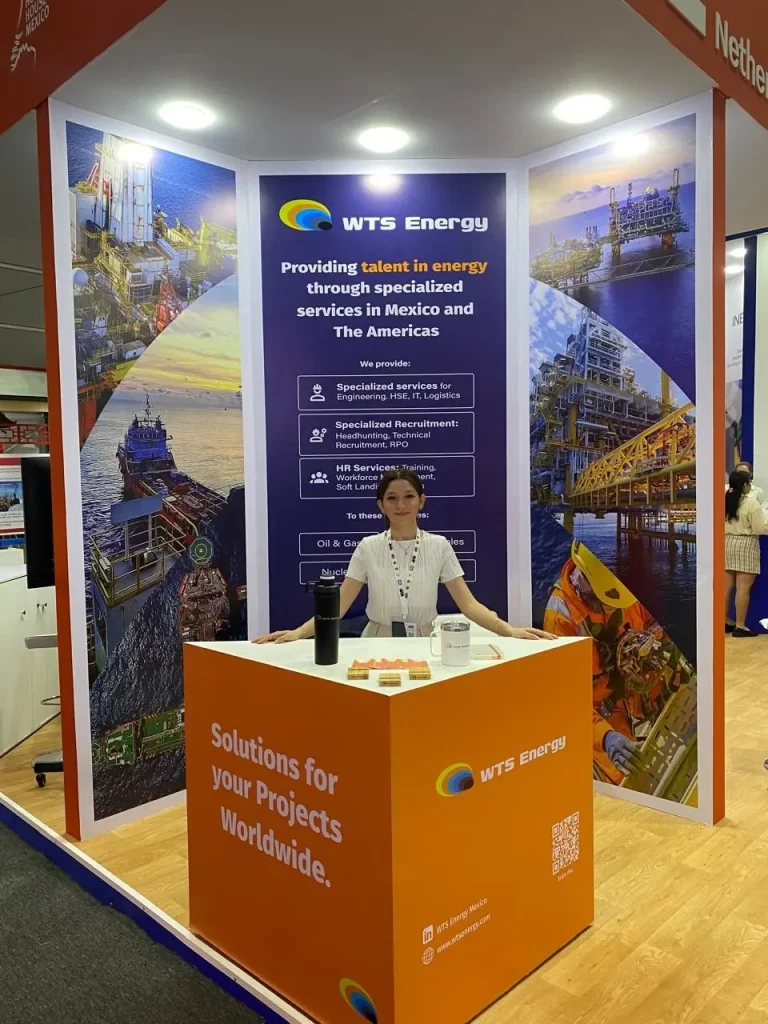In a world grappling with the urgency of the global climate crisis, the significance of Carbon Capture, Utilization, and Storage (CCUS) has risen to the forefront. As a vital innovation aimed at curbing carbon emissions and addressing climate change, CCUS offers a beacon of hope in our pursuit of sustainable solutions. This article delves deep into the pivotal role of CCUS, unraveling its importance in the fight against global warming and the potential challenges and opportunities that await in the Pacific Asia region.
Table of Contents
1. Understanding CCUS and its Significance
CCUS refers to the process of capturing carbon dioxide (CO2) emissions from industrial sources, utilizing the captured CO2 for various purposes, and storing it safely underground. By capturing and storing CO2, CCUS significantly reduces greenhouse gas emissions, helping combat climate change. Furthermore, incorporating those gases into our base activities, such as farming, can lead to negative emissions, or removing carbon from the atmosphere. These Carbon Capture and Extraction techniques enable industries to minimize their carbon footprint and transition towards a more sustainable future.
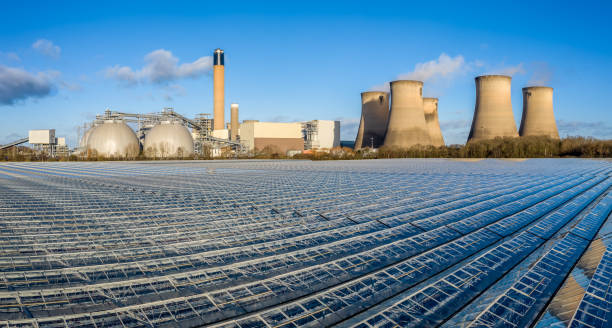
Figure 1: CCU infrastructure is still under development and is becoming the focus of more and more investors every day.
2. Potential Challenges and Opportunities with CCUS Abatement

Blue hydrogen is not actually blue in color. The term “blue hydrogen” refers to the production of hydrogen using natural gas as a feedstock, combined with carbon capture and storage (CCS) to mitigate greenhouse gas emissions. The “blue” in blue hydrogen refers to the fact that the carbon emissions produced during the hydrogen production process are captured and stored underground, thus reducing the environmental impact compared to conventional hydrogen production methods.
CCUS faces several challenges, particularly in sectors that are harder to abate. In the context of carbon, abatement refers to the capacity to reduce the amount of greenhouse gas emissions coming from the atmosphere. For instance, industries like steel manufacturing, cement production, and heavy transportation contribute significantly to carbon emissions. Overcoming these challenges requires extensive research and development to enhance CCUS efficiency in these sectors.
Furthermore, the production of blue hydrogen, a clean energy source, presents an exciting opportunity for CCUS implementation, allowing for the capture and utilization of CO2 during hydrogen production processes. Additionally, the concept of negative emissions, achieved through direct air capture and storage, offers immense potential for carbon abatement.
3. The Role of the Asia Pacific Region
The Asia Pacific region plays a vital role in CCUS development and deployment. Currently, the region accounts for a considerable portion of global CCUS projects, with a growing trend toward increased implementation. Government initiatives and regulatory frameworks in countries like China, Japan, and South Korea are driving progress in CCUS technology and infrastructure. The Asia Pacific region’s potential is evident in predictions that show significant CCUS growth by 2050, surpassing other regions.
Another challenge is the complexity of energy distribution and management. Energy communities must have a reliable and efficient system in place for managing the distribution of energy, particularly during times of peak demand. This requires careful planning and coordination among community members.
Finally, energy communities must also be prepared for potential disruptions in energy supply. This can include natural disasters, equipment failures, or other unforeseen events. Energy communities must have contingency plans in place to ensure that energy supply is not disrupted for extended periods of time.
Capturing Success: Unleashing CCUS Potential in the Asia Pacific Region"
Within the Asia Pacific region, several factors contribute to its strength in CCUS development, which set it apart from other regions as a dynamic and attractive hub of innovation and opportunities in Carbon Capture, use and storage.
a) Competitive Cost Structure:
The region benefits from a competitive cost structure, making CCUS projects economically viable and attractive to investors. Currently, as one of the largest CO2 producers, the prospect of storing this CO2 in potential nearby sink locations generates a lot of interest from local and foreign companies and governments.
Joining an energy community can be a great way to take control of your energy consumption and reduce your carbon footprint. By working together with your community, you can generate your own energy, save money on your energy bills, and contribute to a more sustainable future.
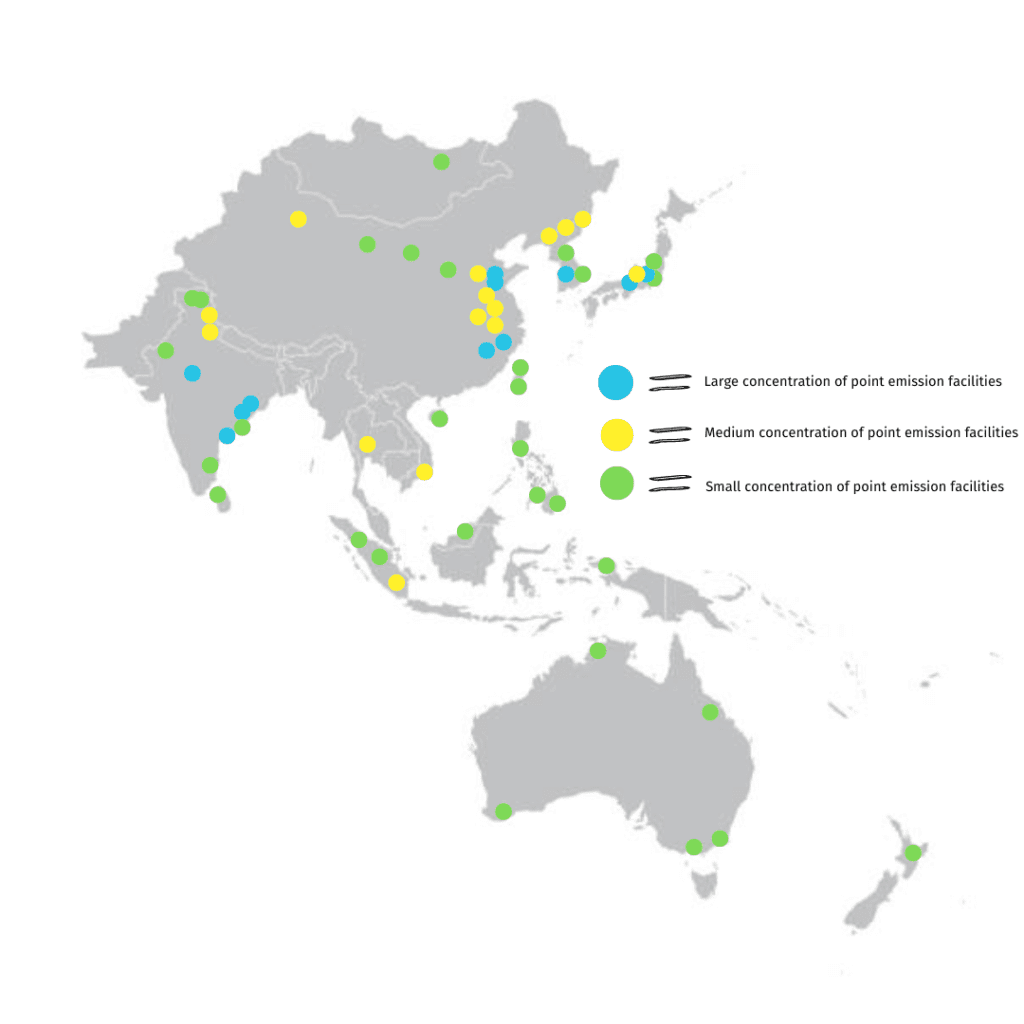
Figure 2: Representation of emission concentration in Pacific Asia
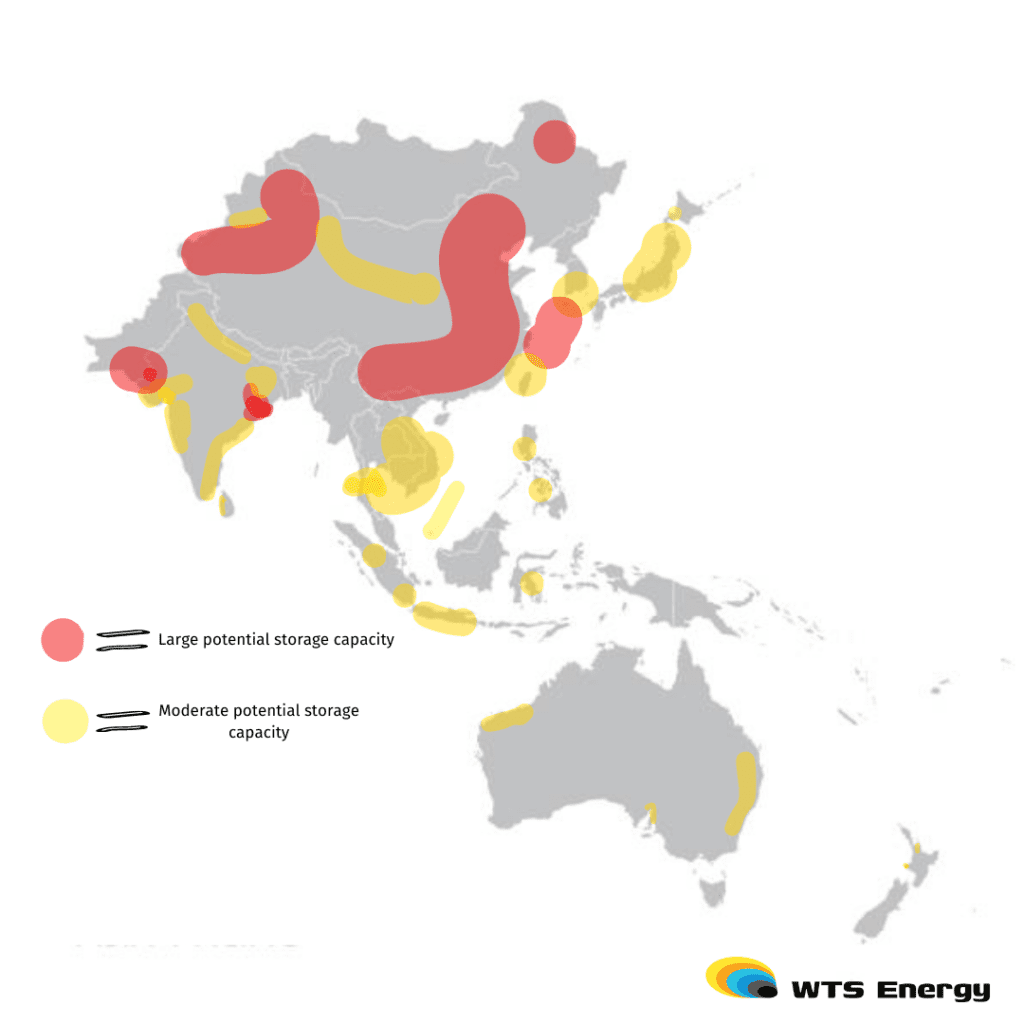
Figure 3: Representation of potential storage capacity in Pacific Asia
b) Leading Engineering, Procurement, and Construction Capabilities:
The Asia Pacific region boasts advanced engineering, procurement, and construction capabilities in Carbon Capture. This know how facilitates the efficient implementation of CCUS projects, ensuring their successful execution and long-term viability.
c) Culture of partnerships, fostering collaboration, knowledge exchange, and cross-sector cooperation:
Through public-private partnerships and international collaborations, stakeholders pool their resources, share expertise, and collectively tackle challenges associated with CCUS implementation. Enabling the region to leverage diverse perspectives, accelerate technological advancements, and establish a supportive ecosystem for sustainable CCUS development.
Overcoming Hurdles: Navigating Challenges in Pacific Asia's CCUS Landscape
While the Asia Pacific region shows great potential, there are admittedly challenges that need to be addressed:
a) Access to Long-Term Sequestration Sinks:
Ensuring access to proximity and long-term sequestration sinks is crucial for effective CCUS implementation.
Sequestration sinks in CCUS refer to the locations or geological formations where captured carbon dioxide (CO2) is stored securely underground. The region needs to identify suitable geological formations and establish robust infrastructure to enable safe and reliable CO2 storage. .
b) Lack of Supporting Regulations and Incentives
To accelerate CCUS deployment, supportive regulations and incentives are vital. Governments should create an enabling policy environment that promotes investment in CCUS projects, incentivizes carbon abatement, and encourages collaboration among stakeholders.
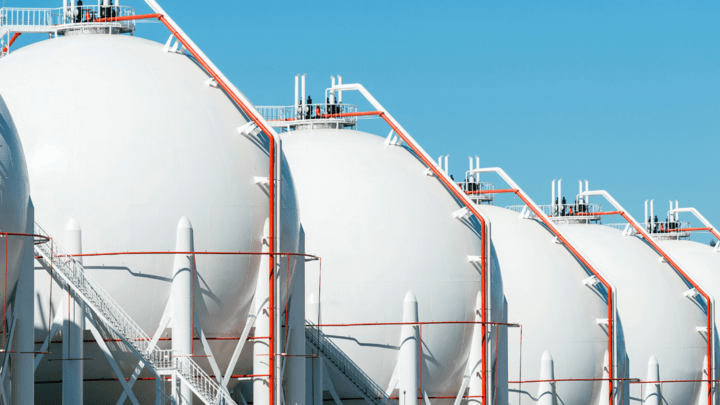
Figure 4: The supporting infrastructure for carbon-based projects can quickly become complex and resource-intensive, therefore efficient policies and regulations are essential to the development of this sector.
"Sealing the Deal: Building a Greener Future with CCUS in Asia Pacific"

Figure 5: By bringing together relevant stakeholders, we can insure a greener future without compromising the needs of the generations to come. Coooperation between governments, companies, financial investors, as well as the local population is paramount to this goal.
To fully unlock the potential of CCUS in the Asia Pacific region, relevant stakeholders must take proactive measures:
- Secure Cross-Border CCUS Agreements: Collaboration among countries and companies in the region can foster knowledge sharing, resource optimization, and joint investment in CCUS projects, strengthening the collective impact.
- Fast Track CCUS Demonstrations: Governments and industry leaders should expedite the development of large-scale CCUS demonstrations to validate technology and gain valuable insights for future projects.
- Create Market Mechanisms in Phases: Establishing phased market mechanisms that provide economic incentives for CCUS projects will encourage private sector participation and drive innovation in the industry.
- Establish Cross-Sector End-to-End CCUS Value-Chain Partnerships: Collaboration between different sectors, such as energy, manufacturing, and transportation, is crucial for creating a comprehensive and efficient CCUS value chain. Strategic partnerships can facilitate knowledge exchange and resource optimization
- Foster Innovation and Market Development for CO2 Uses: Encouraging research and development for innovative uses of captured CO2 can create new markets and revenue streams, making CCUS economically viable in the long run.
- Institutionalize CCUS Policies: Governments should institutionalize CCUS policies, providing long-term regulatory certainty and stability to attract investments and foster sustainable CCUS development.
- Raise Consumer Buy-In: Public awareness and engagement are vital for the success of CCUS initiatives. Education campaigns and transparent communication can help raise consumer buy-in and encourage support for CCUS projects.
- Direct Government Investment: Governments can play a pivotal role by providing direct investment in CCUS projects, fostering innovation, and supporting the development of critical infrastructure.
Conclusion
In conclusion, the Pacific Asia region emerges as a promising hub for carbon capture, propelled by its distinctive blend of political, economic, and geographical advantages. The allure of investing in carbon capture technologies is undeniable, yet not without its own set of challenges. Balancing the quest for suitable sink locations with financial prudence poses a significant hurdle in sector development. However, by embracing collaborative partnerships between governments and companies, the efficiency and efficacy of the carbon capture industry can be assured. As the Pacific Asia region seizes this opportunity, it embarks on a journey to capture not only carbon but also a brighter and sustainable future.
Reference List
Unlocking Asia–Pacific’s vast carbon-capture potential. (2023, 22 february). McKinsey & Company. https://www.mckinsey.com/industries/oil-and-gas/our-insights/unlocking-asia-pacifics-vast-carbon-capture-potential

